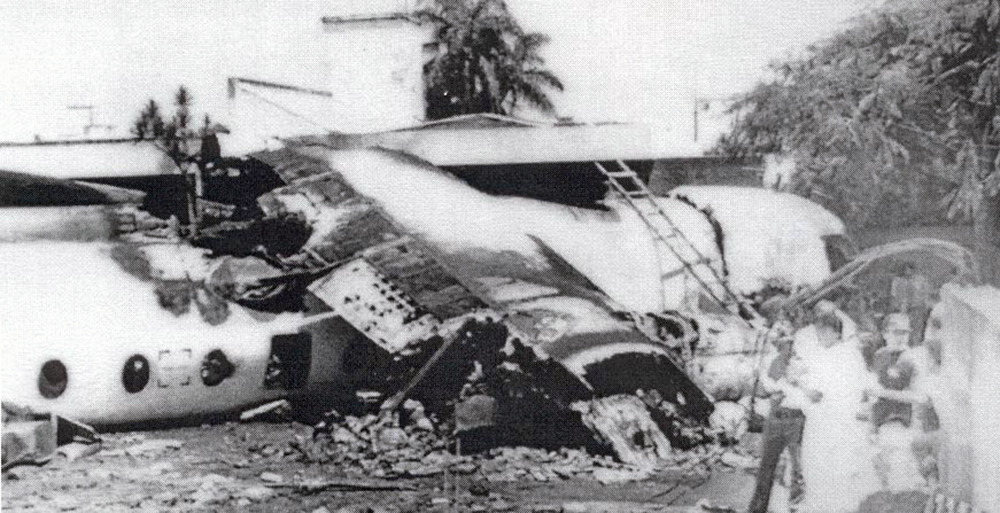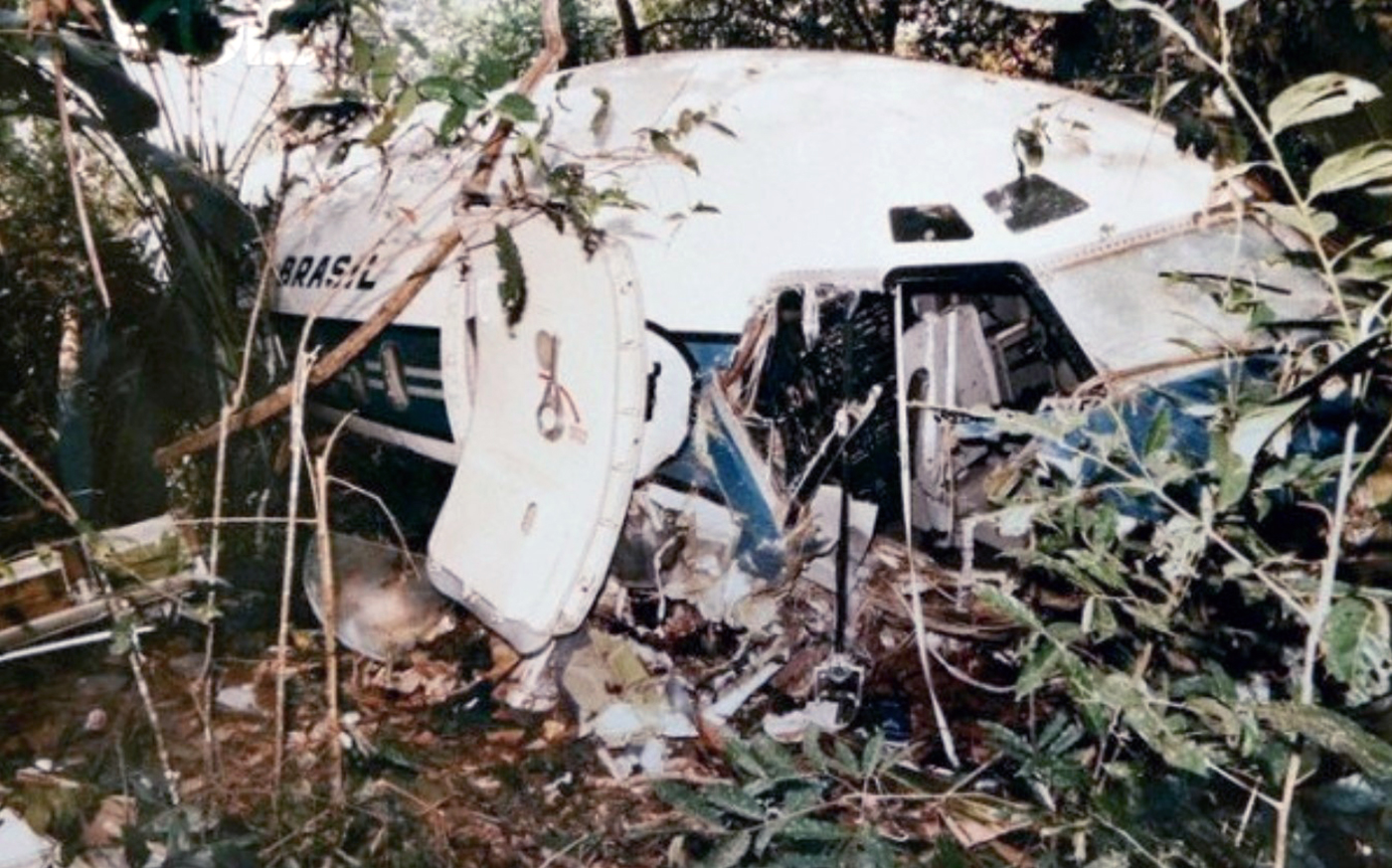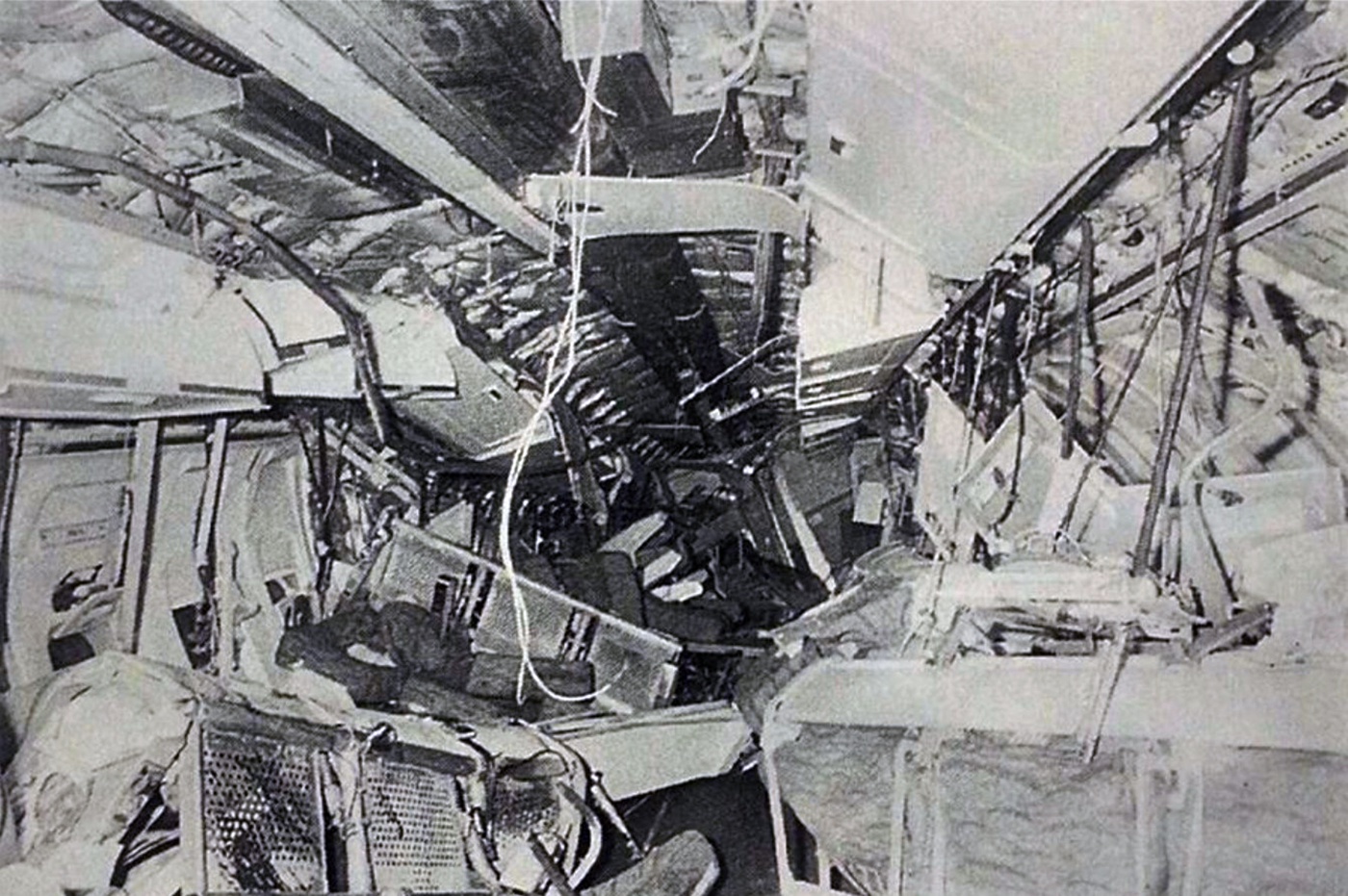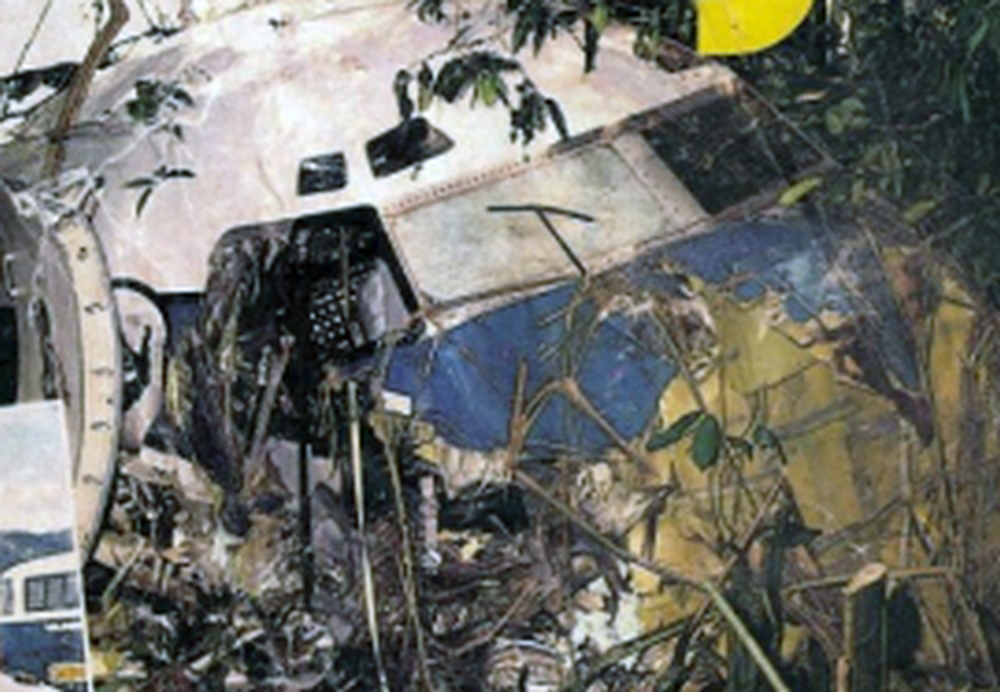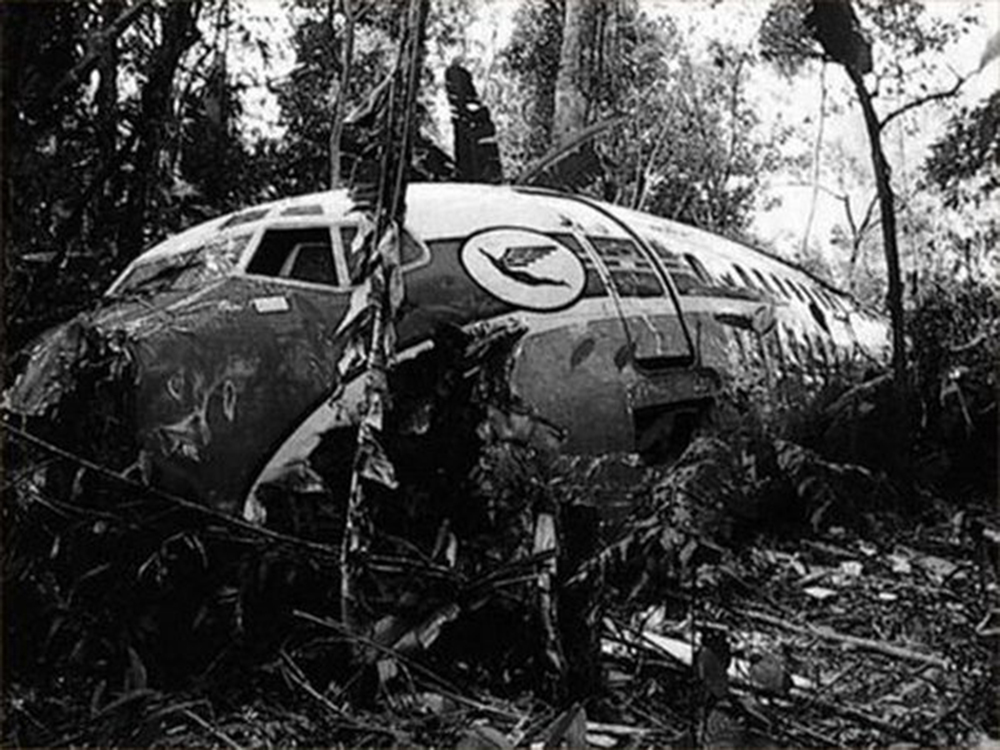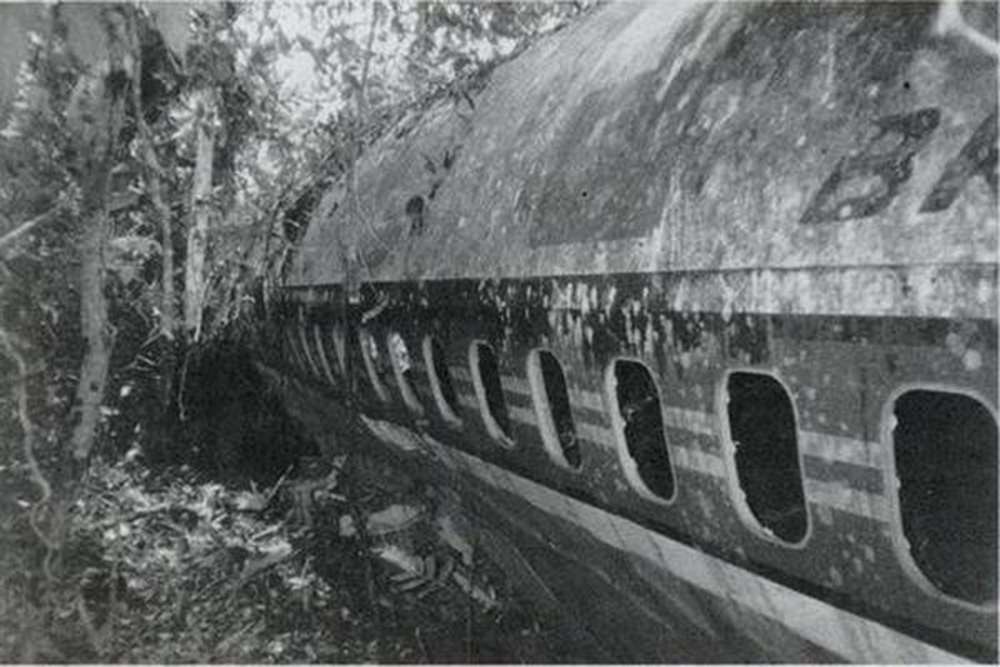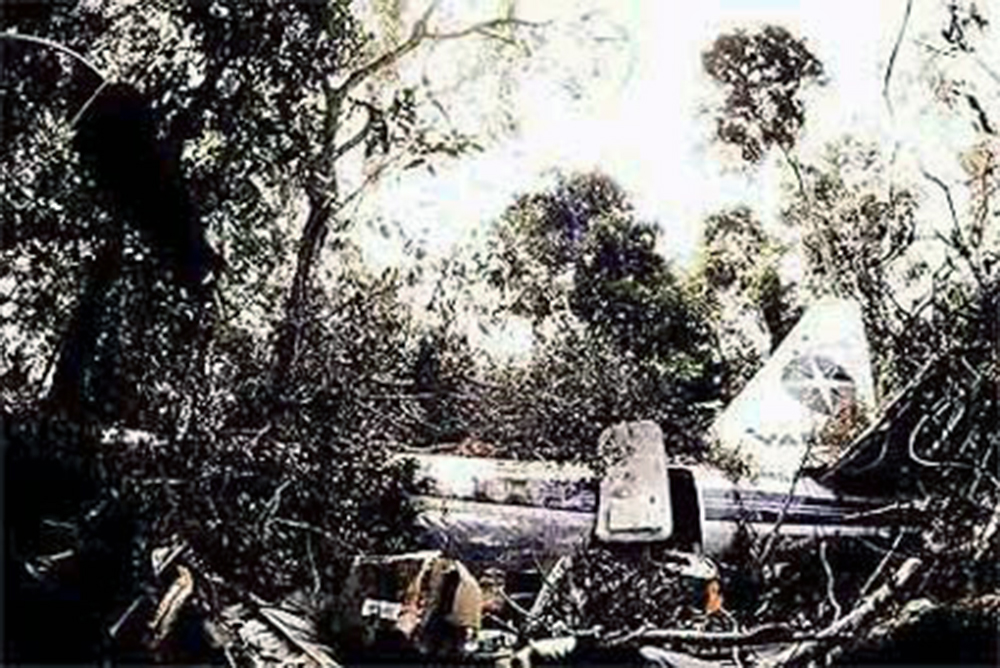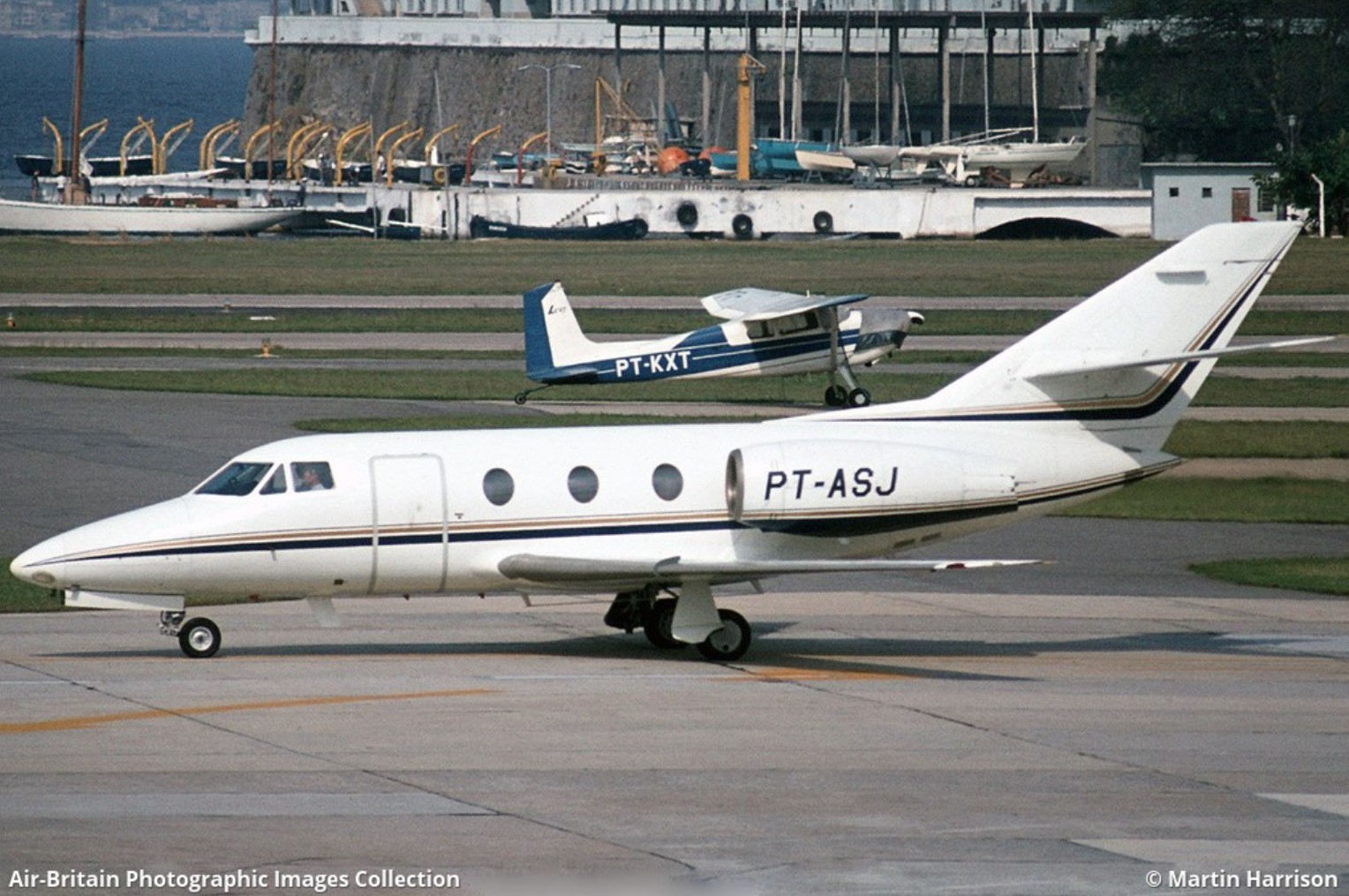Crash of a Fokker F27 Friendship 200 in Bauru: 3 killed
Date & Time:
Feb 12, 1990 at 0929 LT
Registration:
PT-LCG
Survivors:
Yes
Schedule:
São Paulo – Bauru – Araçatuba
MSN:
10206
YOM:
1962
Crew on board:
3
Crew fatalities:
Pax on board:
38
Pax fatalities:
Other fatalities:
Total fatalities:
3
Circumstances:
The aircraft departed São Paulo-Congonhas Airport on a domestic schedule flight to Araçatuba with an intermediate stop in Bauru. The pilot-in-command was a captain under training, accompanied by an instructor and a third pilot. Because the Brasilia ARTCC frequency was congested, the crew was cleared to initiate the descent from FL140 at a distance of 50 km from Bauru Airport instead of the standard 74 km. This caused the aircraft to approach at an excessive speed and as the captain estimated the situation as unsafe, he prefered to initiate a go-around but the instructor decided to continue. Due to a lack of coordination between the captain and the instructor, it was not clear who would perform the landing but finally, the instructor took over control. Following a rate of descent of 2,500 feet per minute, the aircraft landed at a speed of 130 knots some 775 meters past the runway 32 threshold. After touchdown, the aircraft floated, causing the left and right main gear to land alternatingly. The instructor realized that he would not be able to stop the aircraft within the remaining distance so he decided to initiate a go-around procedure and added full power. As this was against the published procedure and due to a lack of sufficient air in the engine in combination with a high angle of attack, the aircraft stalled after the engine failed to develop enough power. The aircraft crashed 600 meters past the runway end, struck vehicles and houses and came to rest in flames. One of the pilot and two people in car were killed. All other occupants were rescued, among them three were seriously injured. The aircraft was destroyed.
Probable cause:
The accident was the consequence of a poor approach planning and wrong approach configuration.
The following contributing factors were reported:
- Deficiencies in crew training,
- Deficiencies in flight controls,
- Poor crew coordination,
- Poor judgment,
- Poor planning,
- Lack of supervision.
The following contributing factors were reported:
- Deficiencies in crew training,
- Deficiencies in flight controls,
- Poor crew coordination,
- Poor judgment,
- Poor planning,
- Lack of supervision.
